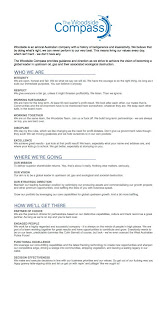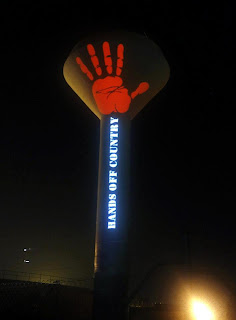The Broome community is already suffering untold, unreported, unstudied and unmentioned social and economic impacts. As a community, we have witnessed a very server erosion of our local governance, democratic rights, our social justice and human rights ever since Woodside and state government's proposed to build the world’s largest gas refinery within our recreational and cultural heritage heartlands.
The only mitigating impacts strategies Woodside and the state have come up with is the creation of a number of volunteer management committees to oversee the anticipated impacts.
Interesting to note that a Call of Interest for the first of these committees, put out by the Department of State Development, needed to extend the application period because they did not received any local nominations.
How will these committees manage the burdens on our currently stretched health and mental health services when our local hospital does not even have a social worker? How these committees are going to stop the FIFO phenomenon from wreaking serious social damage on our communities will be interesting to say the least.
These committees cannot save our communities from permanent disruption to our social multi-cultural tolerant fabric, community’s and women's safety and our tourism image. It people, local residents who maintain our social and sporting amenities in this community, not a mitigating committee.
Accompanied all these anticipated impacts will be a range of damaging consequences for both residents and workers, such as: increase costs of living, relationship stress and breakdown, excessive alcohol and drug use, depression and increased violence across the community's workforce and back into the family units.
How will these proposed committees going to address the ‘us versus them’ mentality that has already firmly established itself in our community of Broome? Woodside is clearly identified and will always be the outsiders, no amount of committees will ever change that.
After Black Tuesday, the Broome community gained a clear insight into what this corporation was prepared to do to get their illegal works done. They are already referred to as leeches or corporate robots/whores. What is funny is the fact that the people who want their business and love their money but don’t want Woodside to be seen in or around town. How do you mitigate that?
Just like the Gorgon Project on Barrow Island, FIFO workers will be locked up for weeks at a time in camps and banned from town. Many will find they have no family left when they return home, they will suffer from isolation, metal health issues and depression. We can expect, just like the Gorgon project is currently experiencing, an epidemic of unreported suicides that will be hidden from the community. How do you mitigate against death and loss?
Broome and the surrounding communities of the Dampier Peninsula form the core of the resistance and have been highly successful in generating support from major national and international environmental organisations and other communities across the nation and the planet.
It is abundantly clear that if you want to stop corporations invading your community, the best place to start is at the very beginning of their proposal, their early stages of investigation and exploration because by the time they get around to building anything at all they are faced with a strong momentum of determined educated and resilient local resistance.
Just as Woodside and their security forces have found out, the majority of Broome residents are all on surveillance watch, they cannot move in this community without people knowing and responding immediately. The combination of local resistance and national media attention means that Black Tuesday has simply shown us what to expect for the future from Woodside.
This current state government, Woodside and the WA Police Force may have been able to bully and overwhelm the people of Broome, but they continue to do so at massive political, economic and public relations costs. The massive police operations were simply a festival of force and are not a useful or an enduring model for dealing with community resistance.
Woodside's commitment to social and ethical responsibilities is evidenced in the way in which they have shown complete and total contempt for the Broome community. It’s only because Broome has such a strong sense of itself and is a strong healthy close knit community that its protection levee banks have withstood the barrage.
People have invested a lot of love into this community and it is this that has fuelled the resistance to this corporate invasion and is the real reason why the campaign has been so strong, consistent and successful.
Woodside cannot sustain a business model based on resisted invasion. Nor can they create committees that will mitigate the devastation people will feel if Woodside enters the dune system to destroy grave sites, law grounds and disrupt the Songline. Because, like community trust once shattered can never be put back together.
Woodside claims in their propaganda that long-term and meaningful relationships with the communities where they operate are fundamental to maintaining their licence to operate. However, what Woodside finds really hard is rejection because the fact of the matter is we do not want a relationship with them. They just cannot understand that they do not and never will get their social licence to operate in the Broome community.
The no gas at JPP resistance is only growing stronger daily, is in the media spotlight and is gaining influence within both the state and federal elections. Woodside, once again let me articulate “We, the Broome Community will never ever surrender community, country or cultural for a few quick earth polluting soul destroying bucks”. Red
Greens demand gas hub management plan details - ABC News (Australian Broadcasting Corporation):
Mr Maher says the community has a right to know what is being planned.
"Someone far more cynical that me could conclude that the Premier's Department has requested those plans be kept in confidence because they understand the impact they will have on the electorate so close to the election," he said.
"So one could conclude there are some very scary things in that social mitigation process."
The draft management policies have been forwarded to stakeholders for confidential consideration, including the Broome Shire.
They are also being reviewed by the Browse Social Management Committee, which includes representatives from a range of Government departments, as well as tourism bodies and traditional owners.
 Suddenly, coal seam gas (CSG) is on everyone’s lips. The big issues — water table contamination, public health risks, air pollution and the industrialisation of rural landscapes — are becoming well known. But little more than a year ago the social movement against gas was still just beginning to take off. In 2011 the unconventional gas industry seemed to be on an unalterable trajectory, relatively unopposed except for a few notable blockades and protests in Queensland, where the industry was already well established.
Suddenly, coal seam gas (CSG) is on everyone’s lips. The big issues — water table contamination, public health risks, air pollution and the industrialisation of rural landscapes — are becoming well known. But little more than a year ago the social movement against gas was still just beginning to take off. In 2011 the unconventional gas industry seemed to be on an unalterable trajectory, relatively unopposed except for a few notable blockades and protests in Queensland, where the industry was already well established.

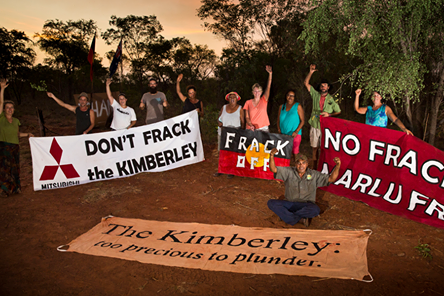


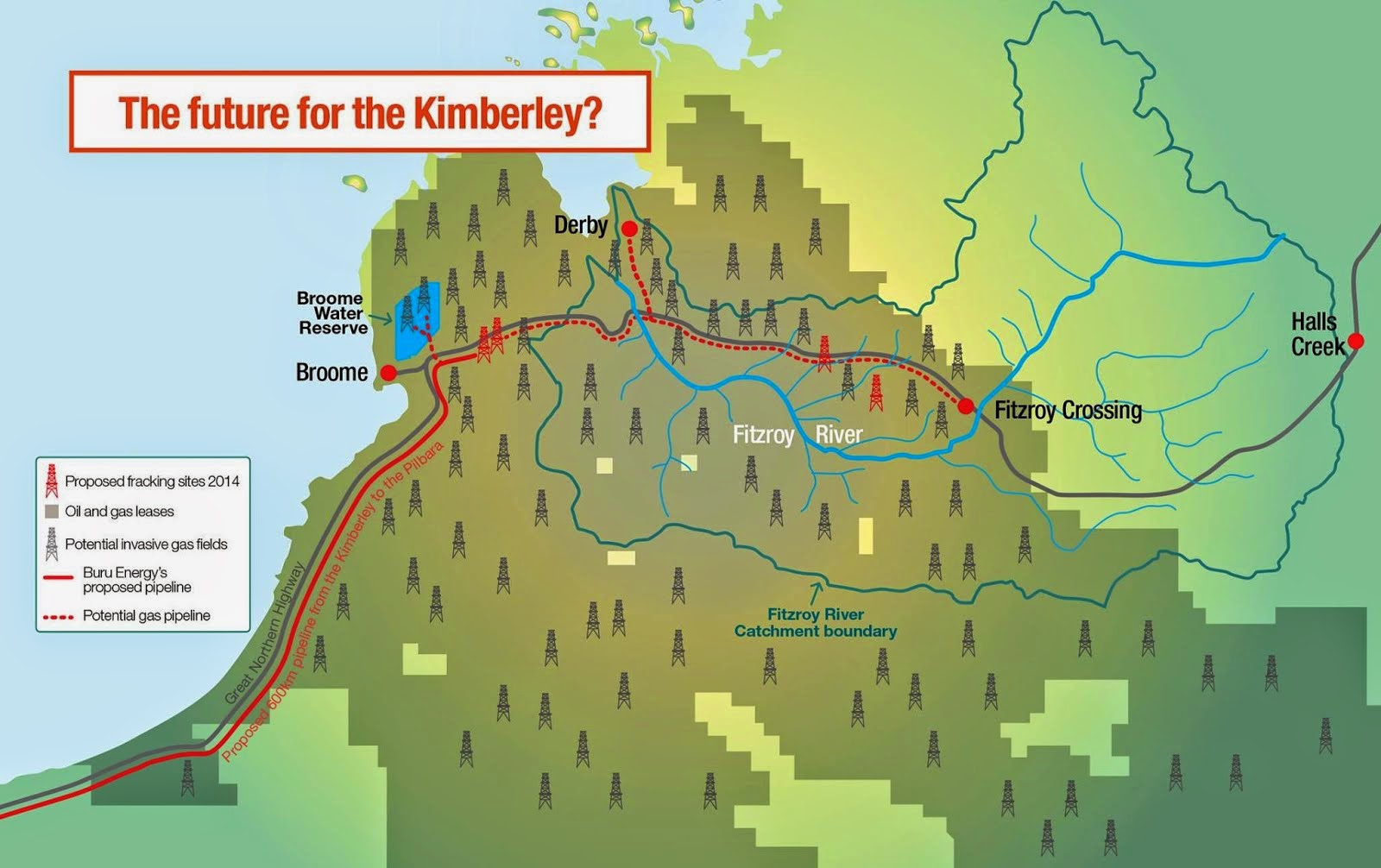





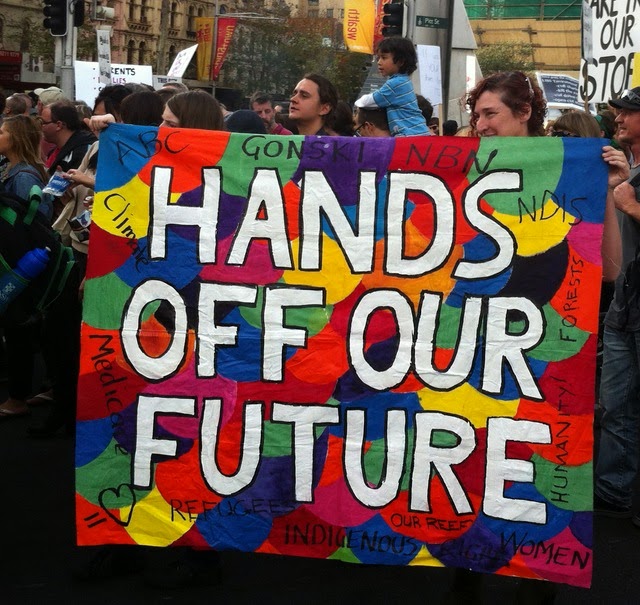


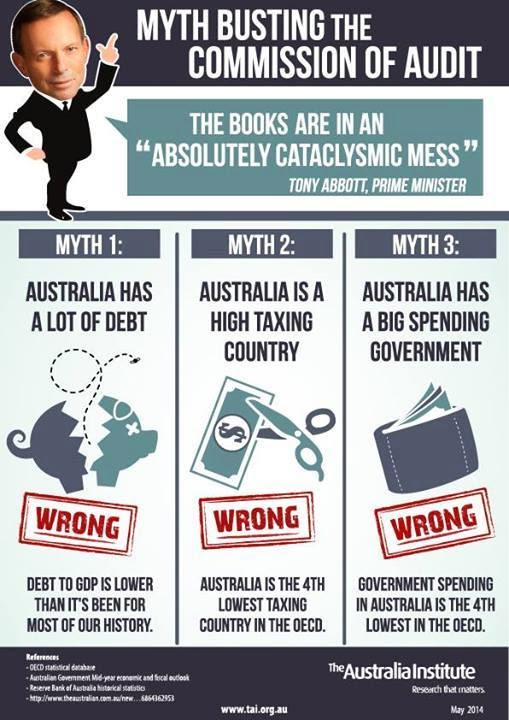
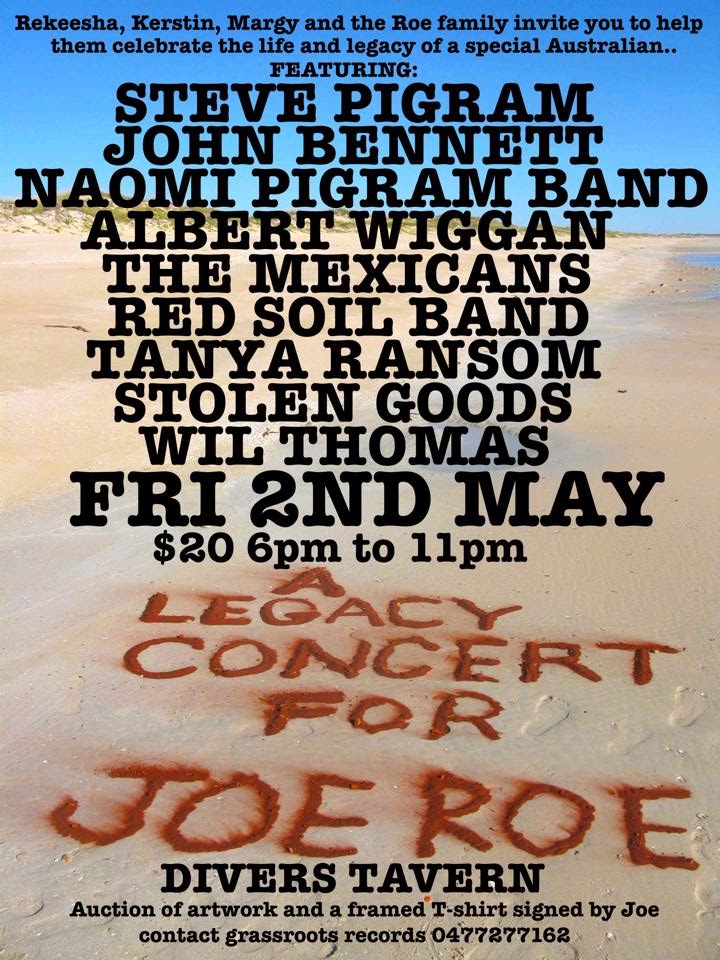

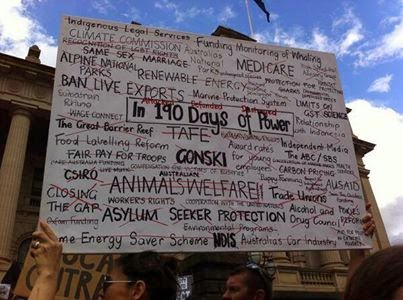


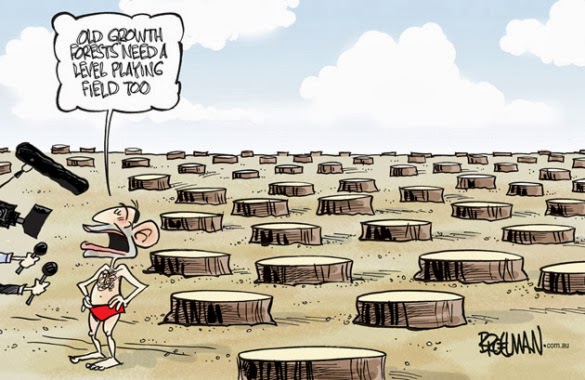
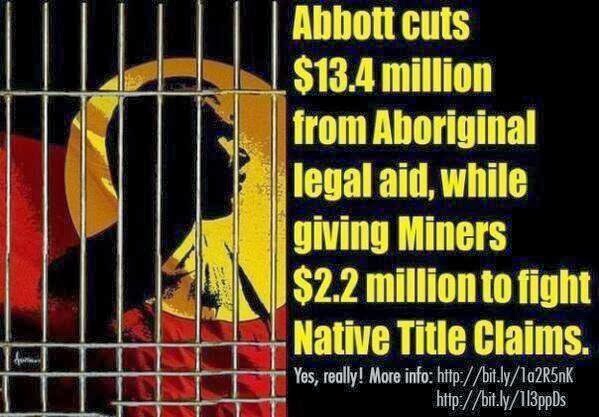
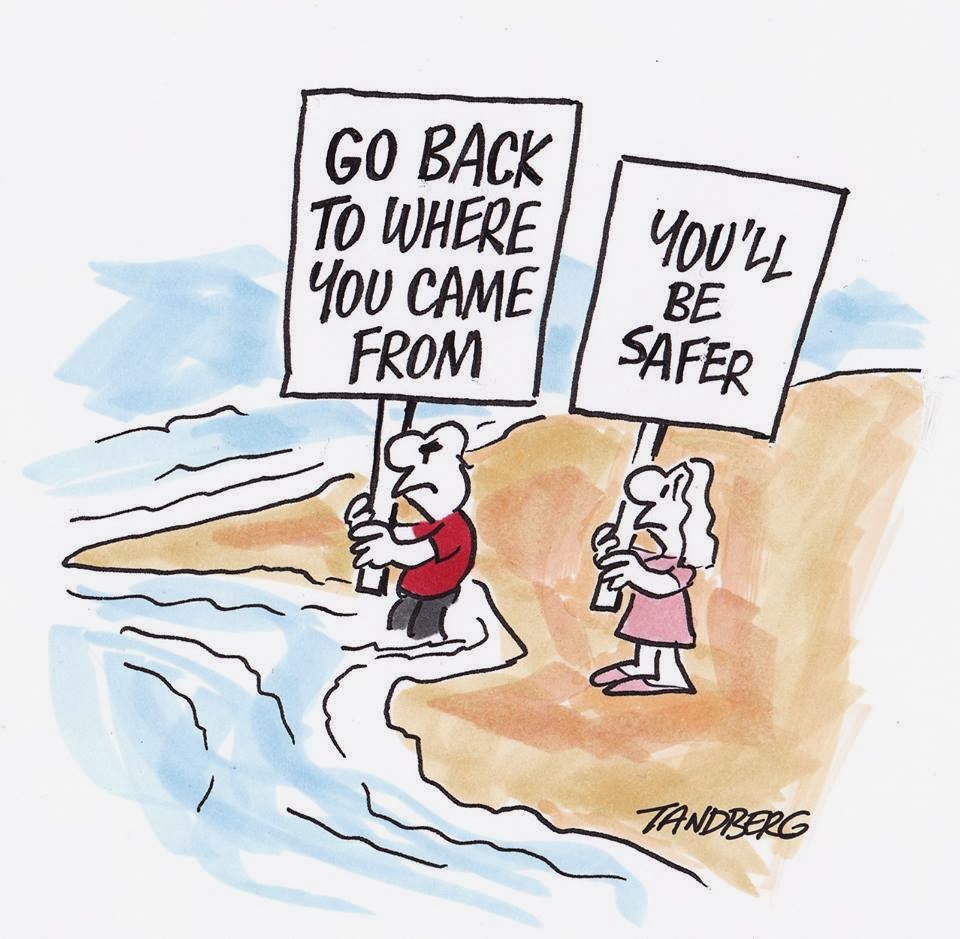

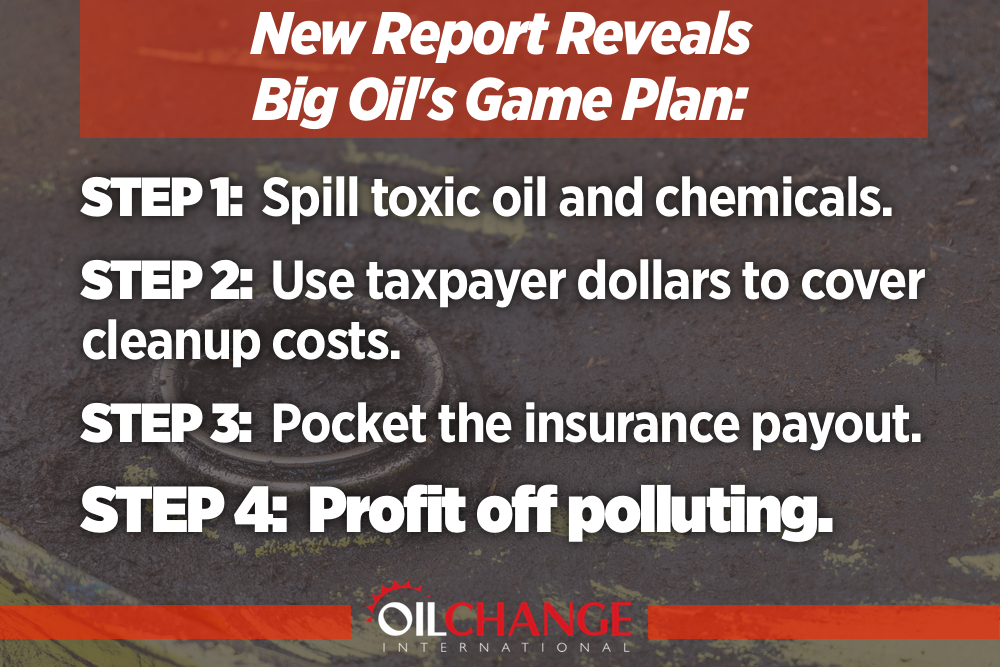
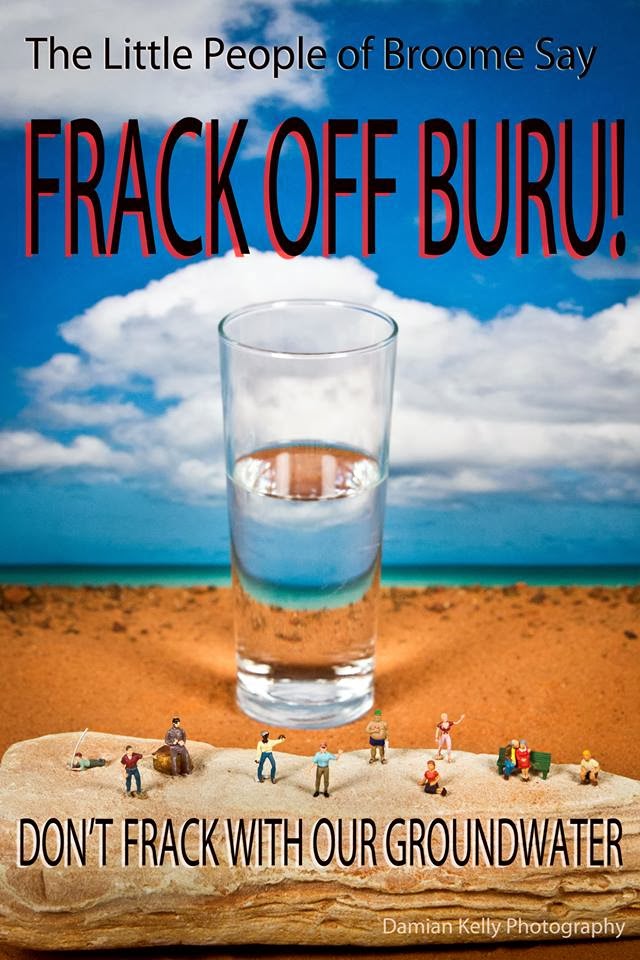
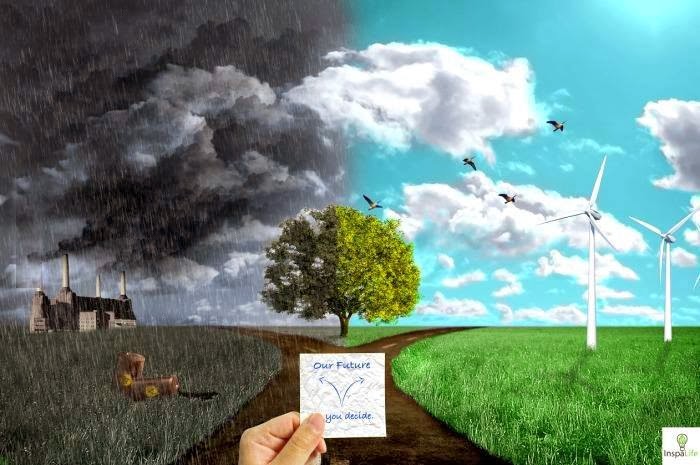
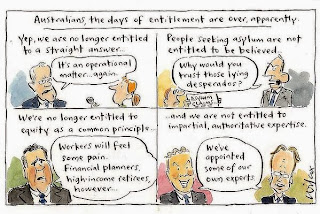


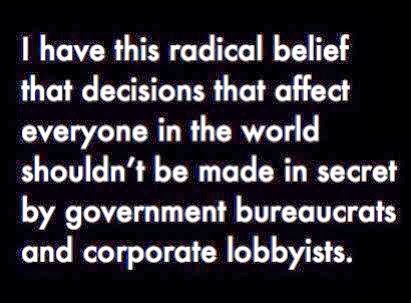
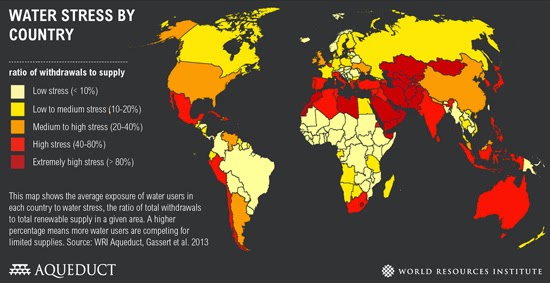

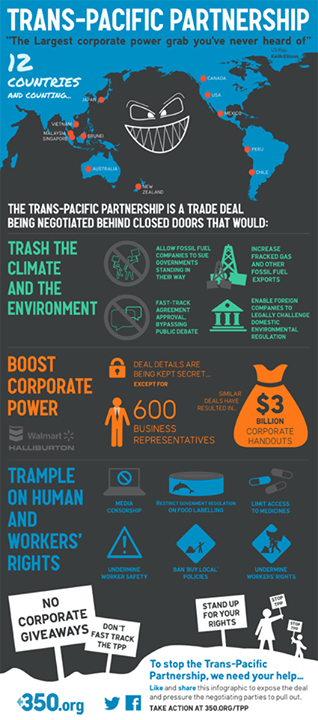
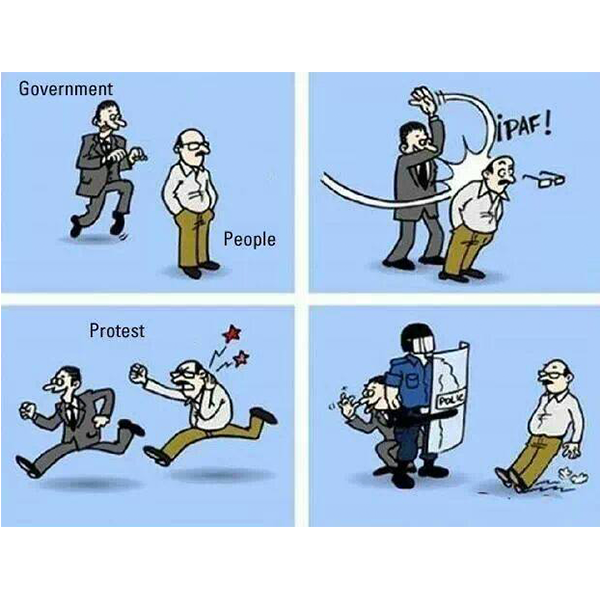












 Photo Damian Kelly
Photo Damian Kelly











